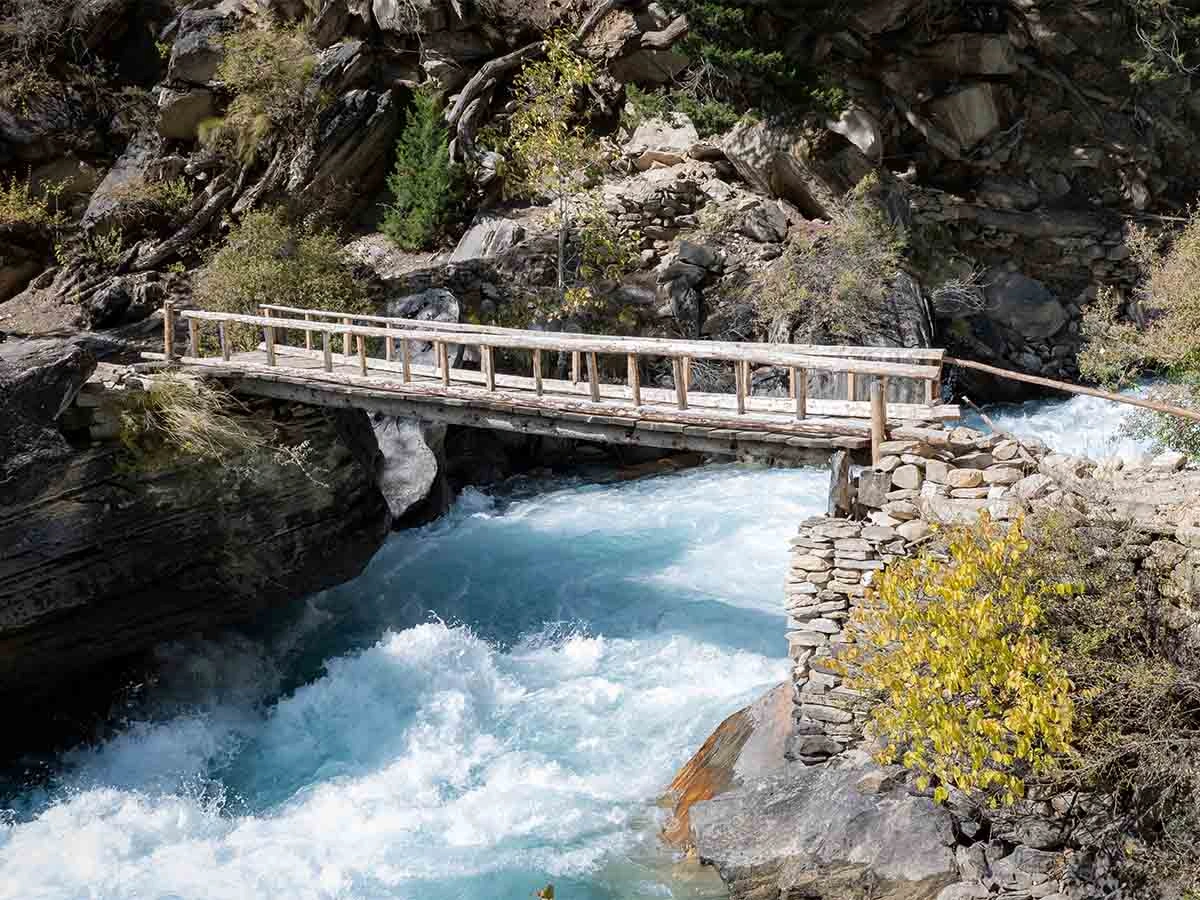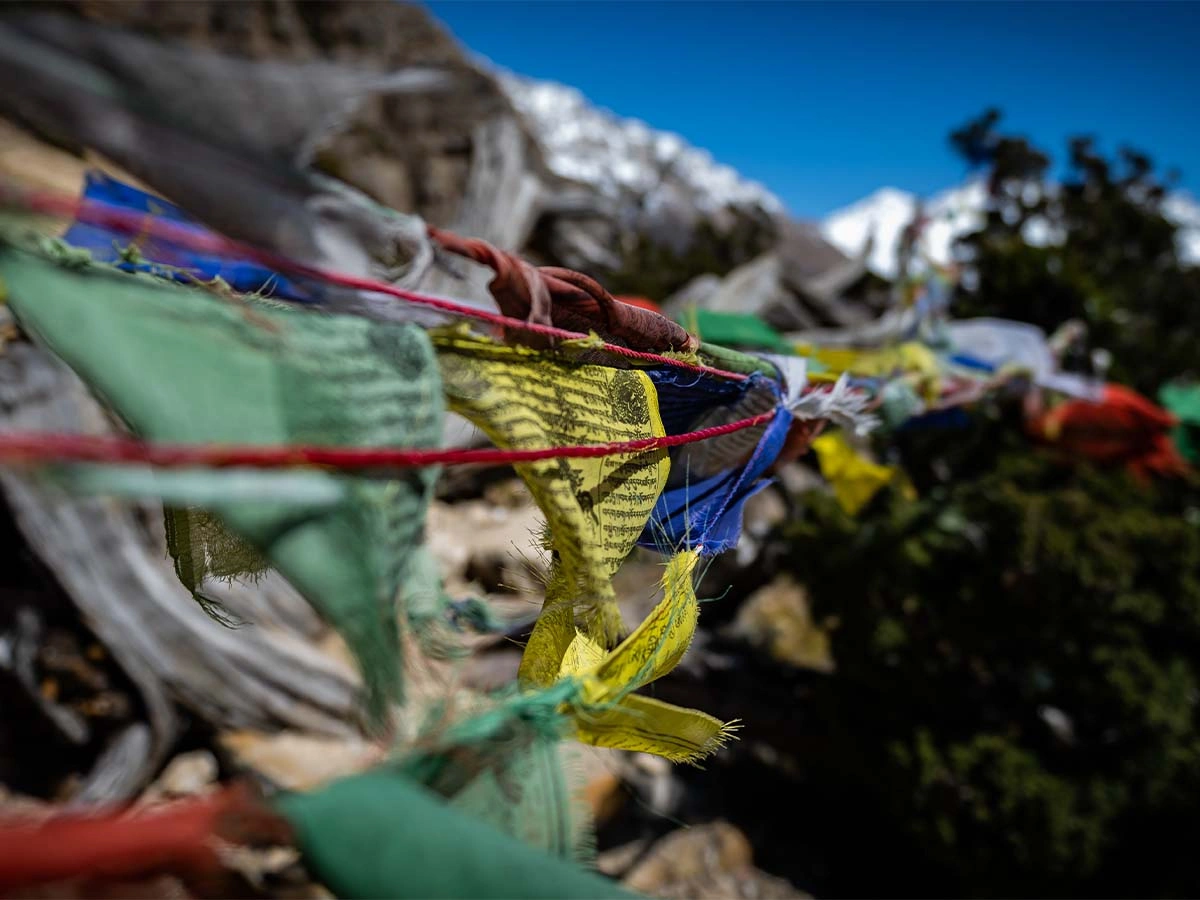Lower Dolpo trek is located in the far western region of Nepal by the Upper Mustang valley, which is north west of the Annapurna trek. The lower Dolpo trek is very unique due to its remoteness, its rich culture and religion called Bonpo, which is pre-Buddhist and has been practiced before Buddha’s birth. The Lower Dolpo Nepal trek includes two high passes called Numla La 5305 Meters & Bagala La 5169 Meters through the wilderness, which offer extraordinary views from those passes. The Lower Dolpo trek has not developed with guest houses at the high altitude, so we need to bring our own tents, meals and cooking staff for a few days. We sleep about 60% in the guest houses/homestays and the other 40% in the tent. The trek makes it more special with the beautiful lake called Phoksundo Lake situated at an altitude of 3641 metres.
Highlight of Lower Dolpo Trek
- The Lower Dolpo trek is one of the most unique treks among several treks in Nepal.
- The pre-Buddhist practices called BONPO, not sure you can call it religion, but if we call it religion, people from the Dolpo region practice the Bonpo religion.
- The Lower Dolpo trek in Nepal is more than adventurous as it has two passes called Numla La 5305 Meters & Bagala La 5169 Metres through the wilderness.
- Lower Dolpo trek is a mix of camping and tea house trek, which means we sleep in a tent during the highest passes, as there are no lodges.
- The lower Dolpo trek includes the famous Phoksundo Lake, situated at 3641 m.
How hard or difficult is Lower Dolpo Nepal trek?
The Lower Dolpo trekking is considered a challenging trek due to its two passes, two high passes called Numla La 5305 Meters & Bagala La 5169 Meters. One must be prepared for the altitude and its remoteness. Sleeping in the tent at the altitude isn’t an easy job, but when you wake up early in the morning, you will forget all the challenges because of its beauty. The sunrises and sunsets can be very special on good weather days.
How long is Lower Dolpo Nepal trek?
The Lower Dolpo Nepal trek is about 2 weeks from the time you fly from Kathmandu to Nepalgunj and return to Kathmandu. If you are acclimatized well to the altitude in your past experiences, then you can shorten the trek by a day or two, but if you have not been at such a high altitude, then it's better to allow more days to stay safe from altitude sickness.
Lower Dolpo Trekking Permits
Yes, you need special permits plus the Shey Phoksundo National Park permits. We will handle all logistics for obtaining the trekking permits. We basically need one full day for the trekking permits and preparations. The permit cost is not that cheap as it’s located in the protected area of Nepal. The special permits and four domestic flights make the trekking cost high, but it's worth the money to see this special region of Nepal.
Preparation for Lower Dolpo Nepal trek
Please be prepared with good mental energy for this trek first, as the Lower Dolpo Nepal trek is a challenge, going over two passes in a row, one after another. The two high passes called Numla La 5305 meters & Bagala La 5169 Meters, are more than just an adventure. After being mentally prepared, you can start doing some training to keep you fit for the trek. It’s a very beautiful trek when you are prepared well.
Accommodation and food during the Lower Dolpo Nepal trek
The accommodation during Lower Dolpo trek is basic; some nights we sleep in the huts/guest houses and some nights in the tent. We sleep about 40% nights in the tent. Please be prepared for the basics.



